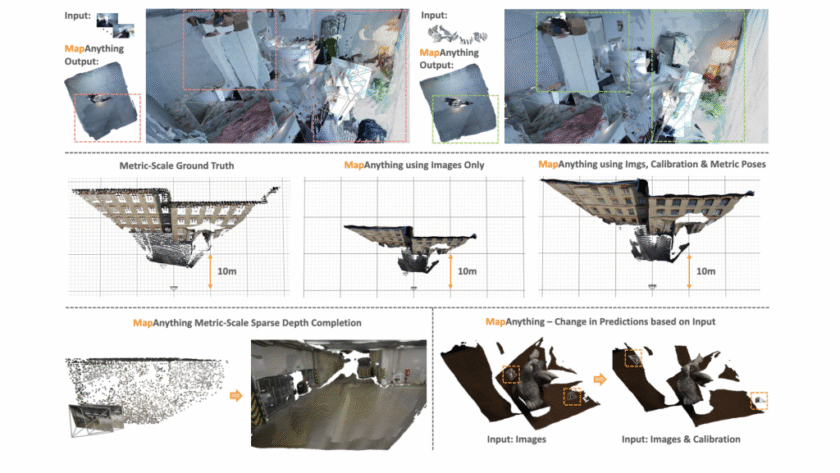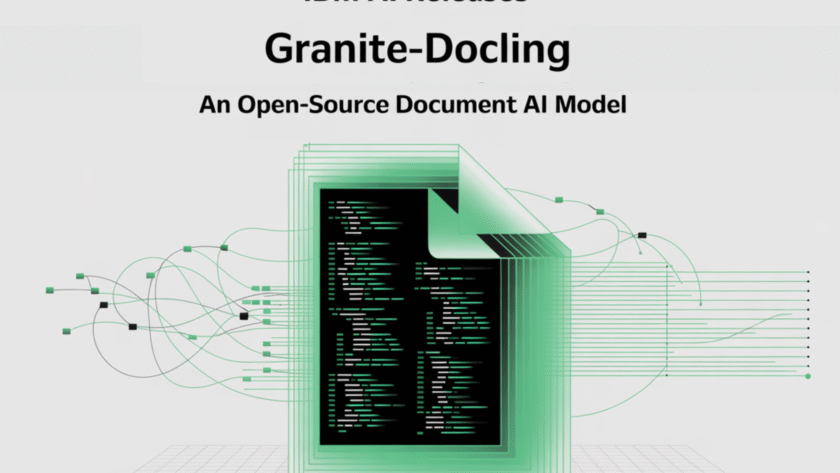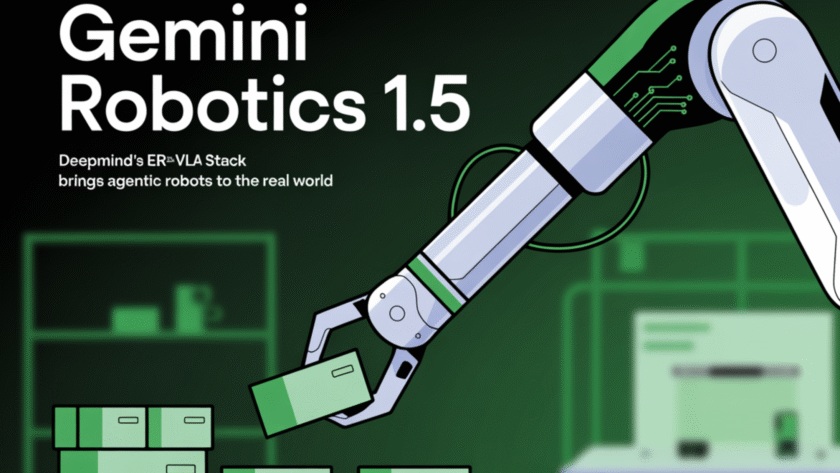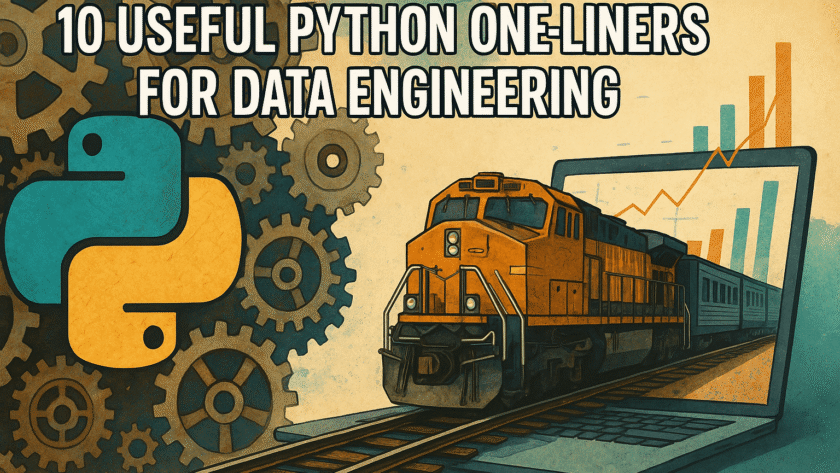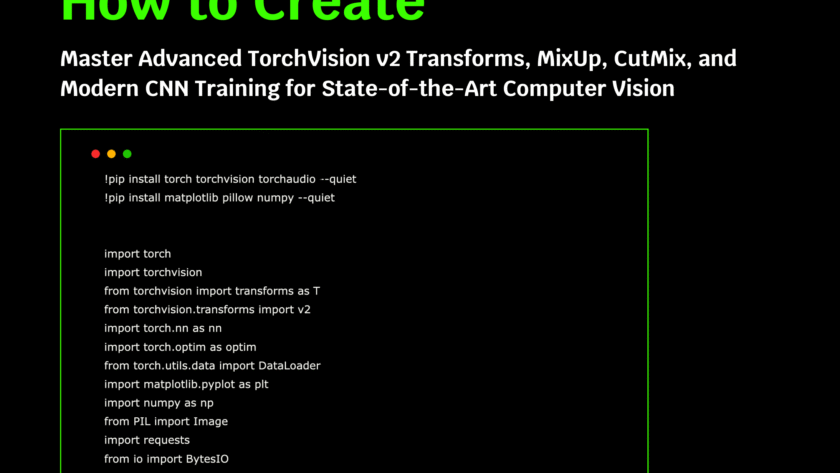Image by Editor
# Introducing ChatGPT Study Mode
Among the unending supply of AI-powered tools and features of late, ChatGPT Study Mode has captured the attention of students, educators, and lifelong learners. It promises to revolutionize study habits with personalized learning, interactive exercises, and on-demand explanations. Yet, as with any new technology, the…



